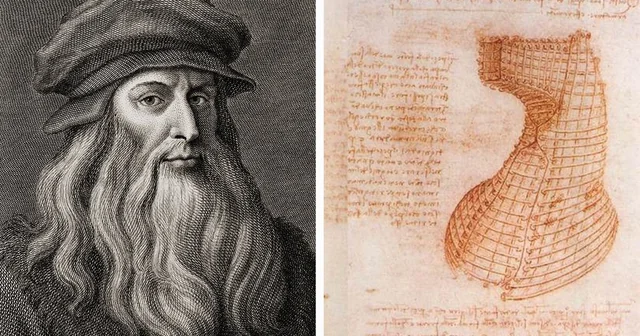Design is more than just aesthetics; it’s a language that communicates ideas, solves problems, and shapes the way we experience the world. Over the centuries, legendary designers and artists have redefined the boundaries of creativity, leaving behind legacies that continue to inspire and influence. From Salvador Dalí’s surrealist masterpieces to Dieter Rams’ minimalist industrial designs, these legends have paved the way for modern and future designers to innovate and push boundaries.
In this blog, we’ll explore how these iconic figures changed the design world for the better and how current and emerging designers can draw inspiration from their work.
The History of Design: From Ancient Craft to Modern Innovation
Design, as a concept, has existed since the dawn of human civilization. The earliest forms of design can be traced back to prehistoric cave paintings, where humans used visual storytelling to communicate ideas and experiences. As societies evolved, so did design. Ancient civilizations like the Egyptians, Greeks, and Romans used design to create functional and decorative objects, from pottery and jewelry to monumental architecture like the Pyramids and the Parthenon.

The Renaissance marked a turning point in design history, as artists like Leonardo da Vinci and Michelangelo blended art, science, and engineering to create works that were both beautiful and functional. The Industrial Revolution of the 18th and 19th centuries brought mass production, leading to the birth of modern design disciplines like graphic design, industrial design, and fashion design. The 20th century saw the rise of movements like Bauhaus, Art Deco, and Modernism, which emphasized simplicity, functionality, and the use of new materials and technologies.
Today, design is a multifaceted field that encompasses everything from digital interfaces to sustainable architecture. The history of design is a testament to humanity’s endless creativity and ingenuity, and it serves as a foundation for the work of modern designers.

How Legendary Designers Have Generated New Ideas Throughout History
Designers have always been at the forefront of innovation, generating new ideas that have transformed the way we live, work, and interact with the world. In the past, designers like Leonardo da Vinci envisioned futuristic inventions like flying machines and armored vehicles, centuries before they became a reality. The Bauhaus movement, led by Walter Gropius, revolutionized design education by emphasizing the integration of art, craft, and technology.
In the mid-20th century, designers like Charles and Ray Eames redefined furniture design by experimenting with new materials like molded plywood and fiberglass. Their innovative approach not only created iconic pieces like the Eames Lounge Chair but also paved the way for mass-produced, affordable furniture. Similarly, Dieter Rams’ minimalist designs for Braun set new standards for consumer electronics, influencing generations of designers, including Jonathan Ive at Apple.
Designers have also played a crucial role in addressing social and environmental challenges. For example, Victor Papanek’s advocacy for socially responsible design in the 1970s highlighted the importance of creating products that are sustainable and accessible to all. Today, designers like Bjarke Ingels and Neri Oxman are pushing the boundaries of sustainable architecture and material innovation, proving that design can be a powerful tool for positive change.
The Pioneers Who Redefined Design

1. Salvador Dalí (1904–1989)
Salvador Dalí, the master of surrealism, challenged the way we perceive reality. His dreamlike, bizarre imagery—such as the melting clocks in The Persistence of Memory—opened doors for designers to think beyond the conventional. Dalí’s work teaches us to embrace the unconventional, to blend fantasy with functionality, and to create designs that evoke emotion and curiosity.
Inspiration for Modern Designers: Dalí’s surrealism encourages designers to break free from rigid structures and explore abstract, imaginative concepts. This can be applied to branding, advertising, and even user experience design, where storytelling and emotional connection are key.

2. M.C. Escher (1898–1972)
M.C. Escher’s mathematically inspired art, with its impossible geometries and infinite loops, has influenced graphic design, architecture, and even video game design. His work demonstrates how patterns, symmetry, and optical illusions can create visually captivating experiences.
Inspiration for Modern Designers: Escher’s precision and creativity inspire designers to experiment with patterns, tessellations, and spatial illusions. This is particularly relevant in digital design, where interactive and immersive experiences are in demand.

3. Frida Kahlo (1907–1954)
Frida Kahlo’s deeply personal and symbolic self-portraits explored themes of identity, culture, and resilience. Her use of vibrant colors and cultural motifs has influenced fashion, interior design, and branding.
Inspiration for Modern Designers: Kahlo’s work reminds designers to infuse their creations with personal and cultural narratives. This is especially important in today’s globalized world, where authenticity and diversity are highly valued.
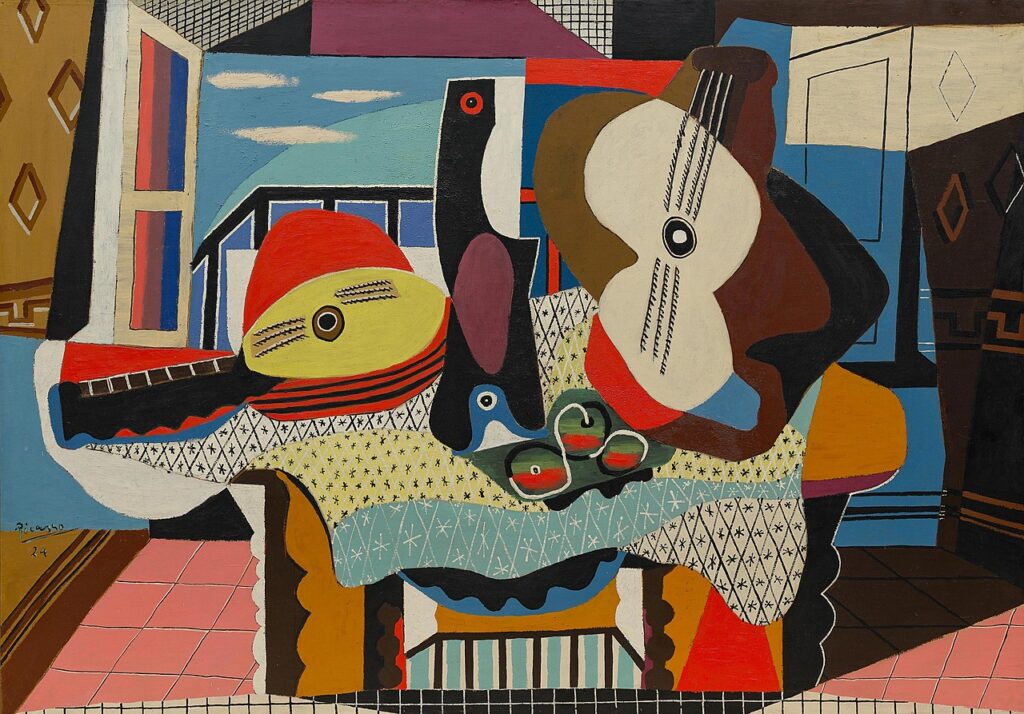
4. Pablo Picasso (1881–1973)
Picasso’s Cubist movement shattered traditional perspectives, showing that art and design don’t have to conform to reality. His fragmented, multidimensional approach has influenced everything from graphic design to architecture.
Inspiration for Modern Designers: Picasso’s Cubism encourages designers to deconstruct and reassemble elements in innovative ways. This can be applied to layout design, typography, and even product design.
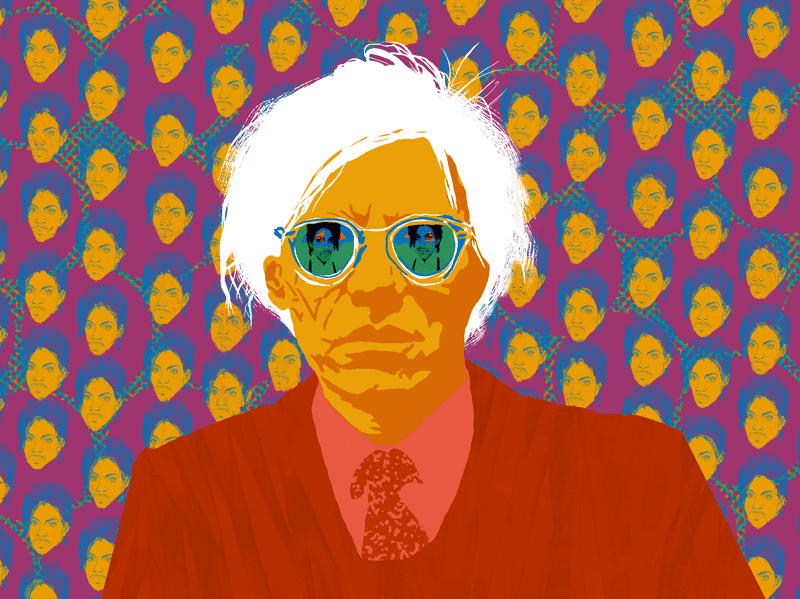
5. Andy Warhol (1928–1987)
Andy Warhol’s Pop Art brought everyday objects and consumer culture into the realm of high art. His bold use of color and repetition revolutionized graphic design and advertising.
Inspiration for Modern Designers: Warhol’s work teaches designers to find beauty in the mundane and to use bold, eye-catching visuals to make a statement. This is particularly relevant in branding and social media design.
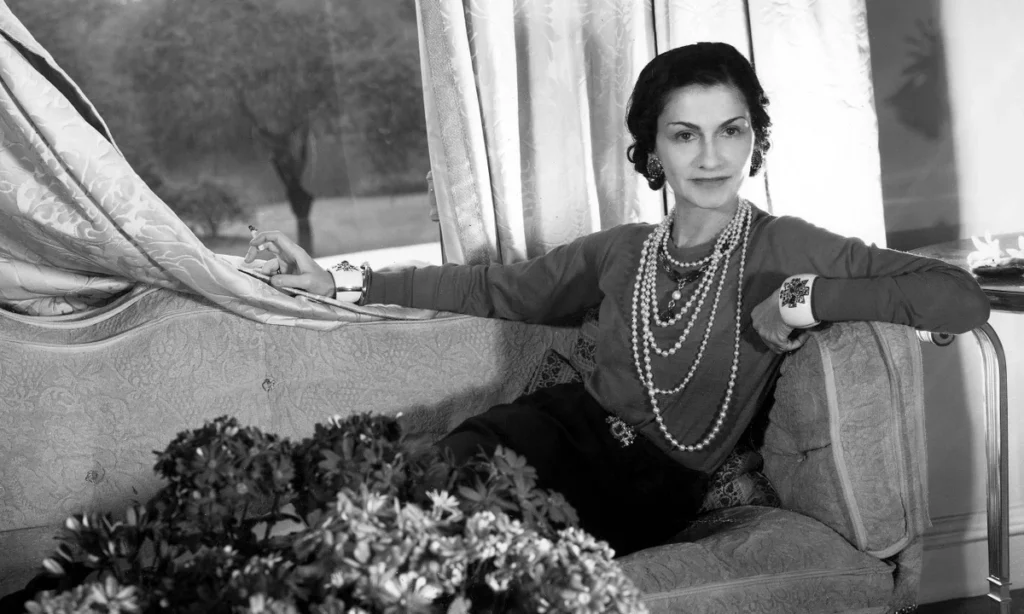
6. Coco Chanel (1883–1971)
Coco Chanel revolutionized fashion by introducing simplicity, comfort, and timeless elegance. Her designs, such as the little black dress and the Chanel suit, remain iconic.
Inspiration for Modern Designers: Chanel’s emphasis on simplicity and functionality is a lesson in creating designs that are both beautiful and practical. This philosophy can be applied to everything from fashion to product design.
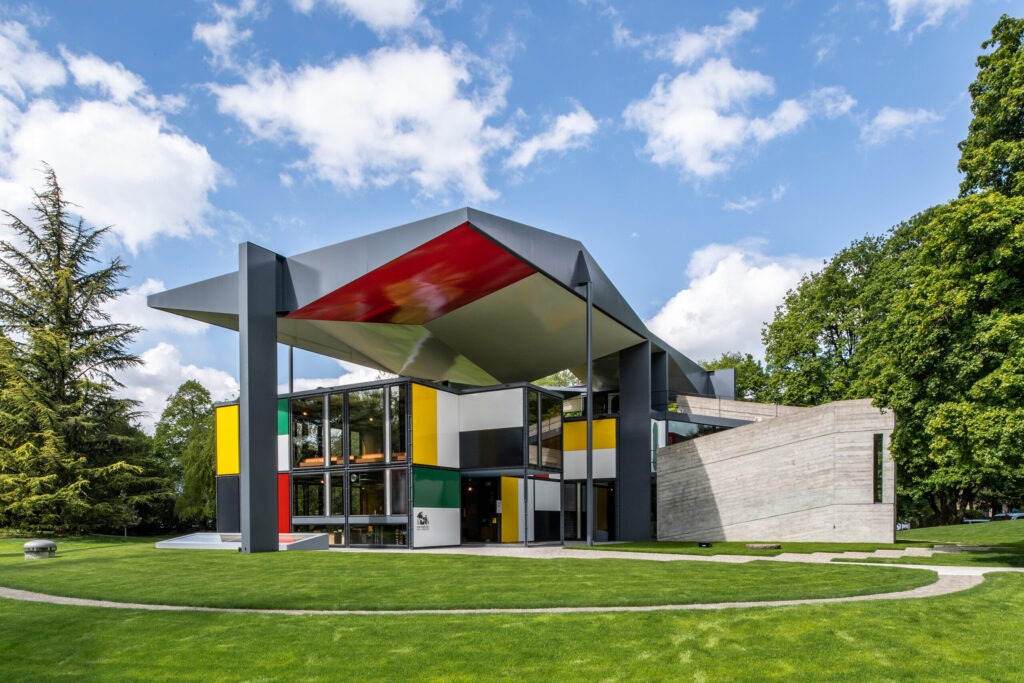
7. Le Corbusier (1887–1965)
Le Corbusier’s modernist architecture and urban planning emphasized functionality, clean lines, and the use of new materials like concrete. His work laid the foundation for modern architecture and interior design.
Inspiration for Modern Designers: Le Corbusier’s principles of functionality and minimalism are timeless. Designers can apply these ideas to create spaces and products that are both aesthetically pleasing and highly functional.
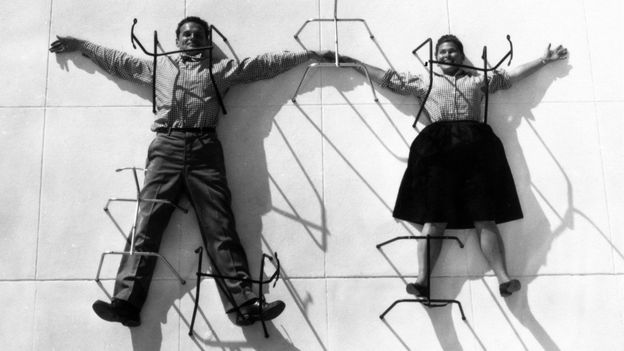
8. Charles and Ray Eames (1907–1978 and 1912–1988)
The Eameses were pioneers of mid-century modern design, creating iconic furniture like the Eames Lounge Chair. Their work combined form, function, and mass production.
Inspiration for Modern Designers: The Eameses’ approach to design—combining aesthetics with practicality—is a blueprint for creating products that are both beautiful and accessible.

9. Dieter Rams (1932–)
Dieter Rams’ “less but better” philosophy at Braun revolutionized industrial design. His ten principles of good design emphasize simplicity, functionality, and sustainability.
Inspiration for Modern Designers: Rams’ principles are a guide for creating designs that are timeless, user-friendly, and environmentally conscious. This is especially relevant in today’s push for sustainable design.

10. Zaha Hadid (1950–2016)
Zaha Hadid’s futuristic, fluid architecture challenged traditional forms and materials. Her work demonstrated how design can be both artistic and functional.
Inspiration for Modern Designers: Hadid’s bold, innovative approach encourages designers to think outside the box and embrace new technologies like 3D printing and parametric design.
Contemporary Legends and Their Impact
1. Paula Scher (1948–)
Paula Scher’s typographic designs for brands like Citibank and Microsoft have redefined corporate identity. Her work shows how typography can be both functional and expressive.
Inspiration for Modern Designers: Scher’s work teaches designers to use typography as a powerful tool for communication and branding.
2. Jonathan Ive (1967–)
As the designer behind Apple’s iconic products, Jonathan Ive revolutionized consumer electronics with his minimalist, user-centered designs.
Inspiration for Modern Designers: Ive’s focus on simplicity and user experience is a lesson in creating designs that are intuitive and aesthetically pleasing.
3. Karim Rashid (1960–)
Karim Rashid’s bold, colorful designs span furniture, packaging, and interiors. His work demonstrates how design can be playful and functional.
Inspiration for Modern Designers: Rashid’s use of color and form encourages designers to take risks and create designs that stand out.
4. Bjarke Ingels (1974–)
Bjarke Ingels’ innovative and sustainable architecture, such as the Amager Bakke waste-to-energy plant, shows how design can address environmental challenges.
Inspiration for Modern Designers: Ingels’ work inspires designers to think about sustainability and how their creations can positively impact the planet.]
How Current and New Designers Can Draw Inspiration
- Embrace Boldness and Experimentation: Learn from Dalí, Warhol, and Rashid to push boundaries and take creative risks.
- Focus on Functionality: Follow the examples of Dieter Rams, Le Corbusier, and the Eameses to create designs that are both beautiful and practical.
- Incorporate Cultural and Personal Narratives: Take inspiration from Frida Kahlo and Zaha Hadid to infuse your work with meaning and authenticity.
- Prioritize Sustainability: Look to Bjarke Ingels and Dieter Rams for guidance on creating environmentally conscious designs.
- Leverage Technology: Draw from the futuristic approaches of Zaha Hadid and Neri Oxman to explore new materials and techniques.
The legendary designers and artists of the past and present have left an indelible mark on the world of design. Their work serves as a testament to the power of creativity, innovation, and vision. By studying their philosophies and techniques, modern and future designers can continue to push the boundaries of what’s possible, creating designs that are not only visually stunning but also meaningful and impactful.
As we move forward, let’s remember the lessons of these pioneers and strive to create a world where design is not just about aesthetics, but about solving problems, telling stories, and improving lives. The history of design is a rich tapestry of ideas and innovations, and it is up to us to carry that legacy forward, shaping a better future through thoughtful, inspired design.

